
Astronomers persist in delving into the immense universe, unraveling its enigmas and expanding our comprehension. With the observable universe extending over 46.1 billion light-years, it captivates with countless galaxies meandering through space. Despite groundbreaking technologies such as the Hubble Space Telescope and ALMA, the aspiration to explore every nook of this vast cosmic realm proves to be out of reach.
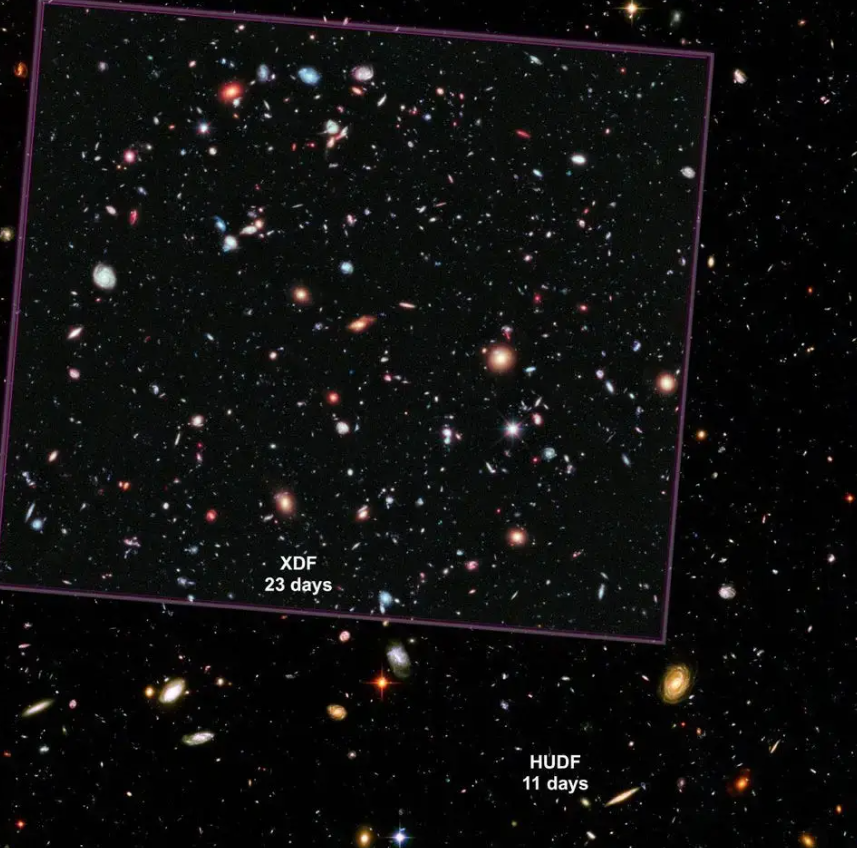
A glimpse into the farthest corners of the cosmos has allowed astronomers to uncover galaxies that were born shortly after the colossal event known as the Big Bang. Through the remarkable Hubble eXtreme Deep Field (XDF), a small portion of the vast universe has been unveiled, revealing a staggering 5,500 galaxies within its observable expanse. Nevertheless, the vast majority of galaxies, concealed by darkness or hidden by immense distances, remain elusive, forever beyond our reach.
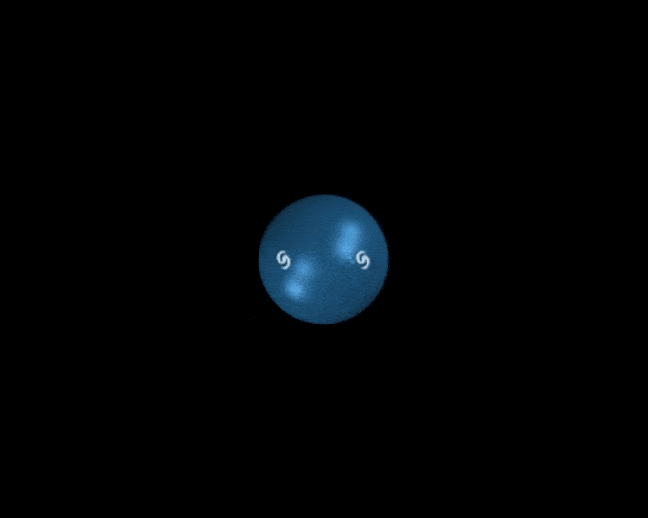
Galaxies drift apart from one another as the universe continues to expand, propelled by an elusive force called dark energy. This mysterious cosmic driver propels galaxies to distances beyond what we can observe, pushing them beyond the grasp of even light. Despite the gradual deceleration in the rate of expansion, dark energy guarantees an unyielding outward voyage for celestial entities.
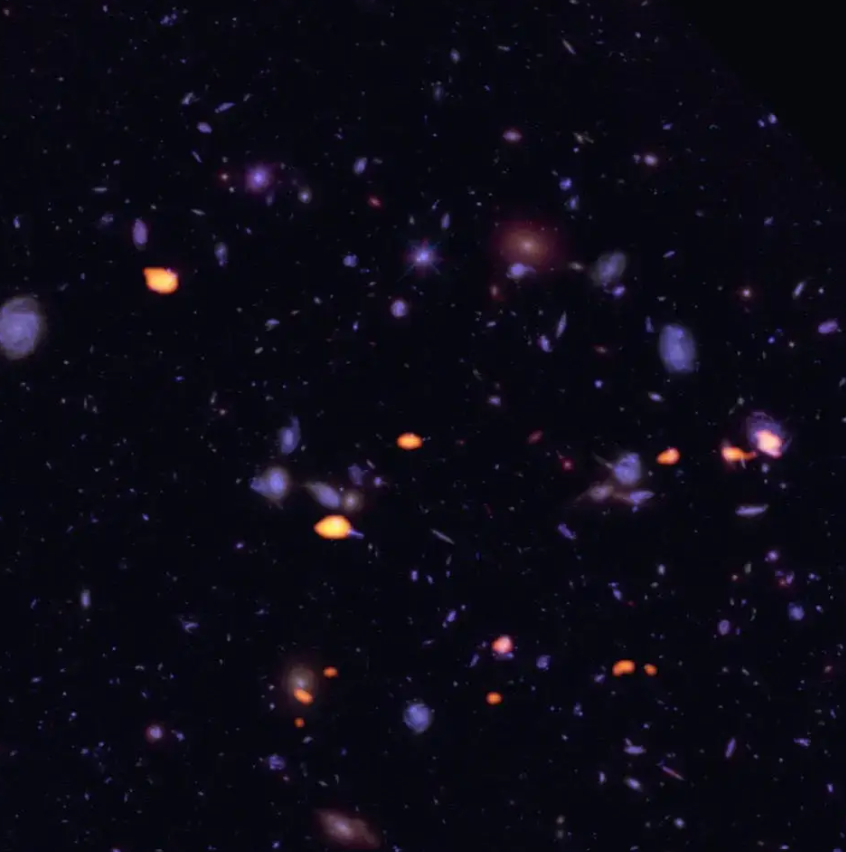
Galaxies located more than 14.5 billion light-years away are moving away from us at speeds faster than the speed of light, making them unreachable. ALMA’s study of carbon monoxide gas in the Hubble Ultra Deep Field provides intriguing insights into galaxies that are invisible to us, always far away but forever existing in our cosmic perspective.
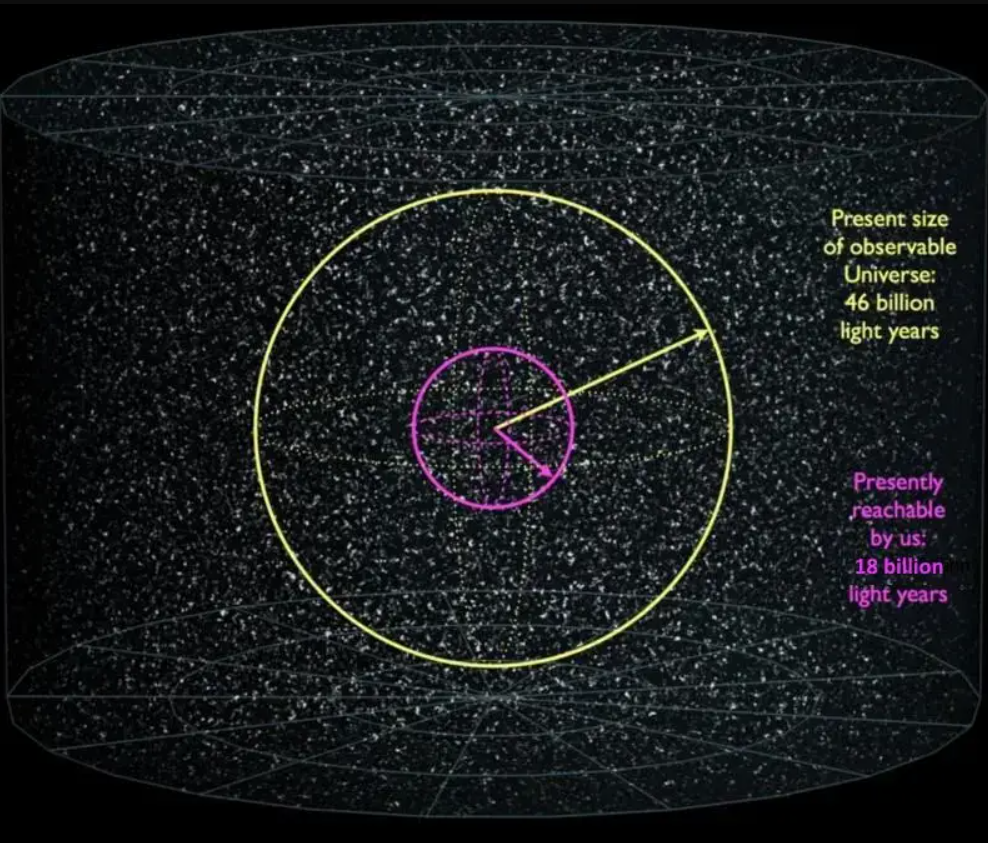
The paradox of the expanding universe lies in the fact that although we can eventually detect the light emitted by distant galaxies, these very galaxies continue to move away from us, eventually becoming unreachable. Our cosmic exploration is limited by a boundary approximately 18 billion light-years away, which means that a staggering 94% of observable galaxies remain beyond our reach.
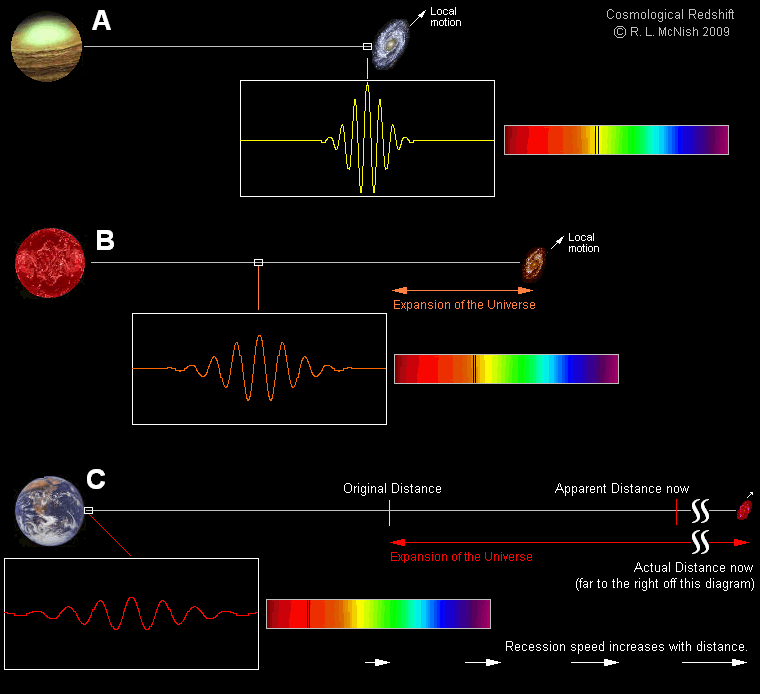
As time progresses, an ever-increasing number of stars become part of the unattainable realm, destined to gradually vanish into the vast cosmic scenery. Even the closest galactic companions, such as those within the M81 group, will eventually yield to the unstoppable force of cosmic expansion, gradually drifting away from humanity’s grasp over billions of years.
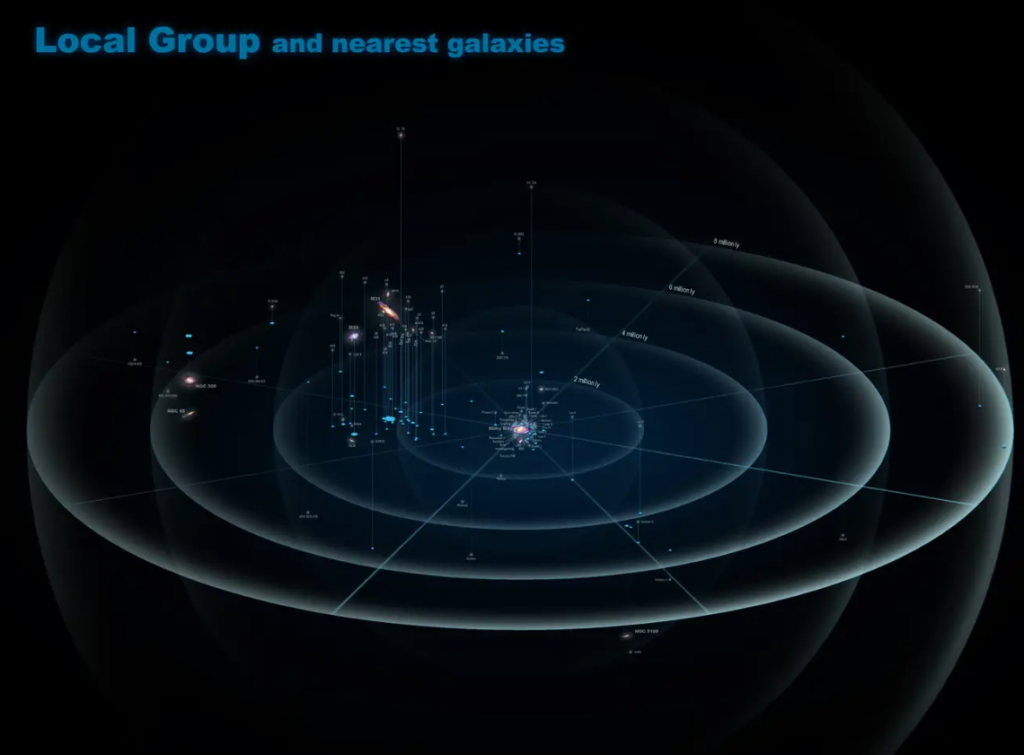
In the midst of this immense expanse, our Local Group serves as a guiding light of familiarity. With the Milky Way and Andromeda taking center stage, this collection of galaxies remains accessible to us, providing a glimpse of cosmic companionship in an otherwise unattainable universe.
As astronomers tirelessly map the vastness of space, the pursuit of comprehending our position in the cosmos endures. Despite the obstacles presented by vast distances and enigmatic dark energy, humanity’s insatiable curiosity knows no limits, propelling us forward in our unending quest to unravel the mysteries of the universe.
Do not forget to share your opinion with us to provide you with the best posts !



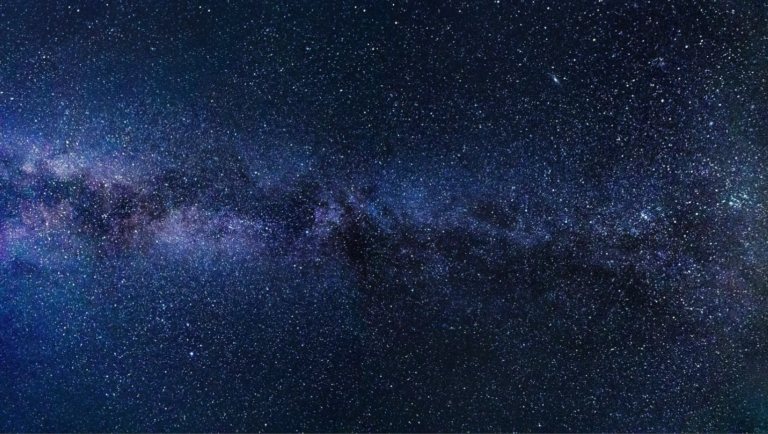

0 Comments